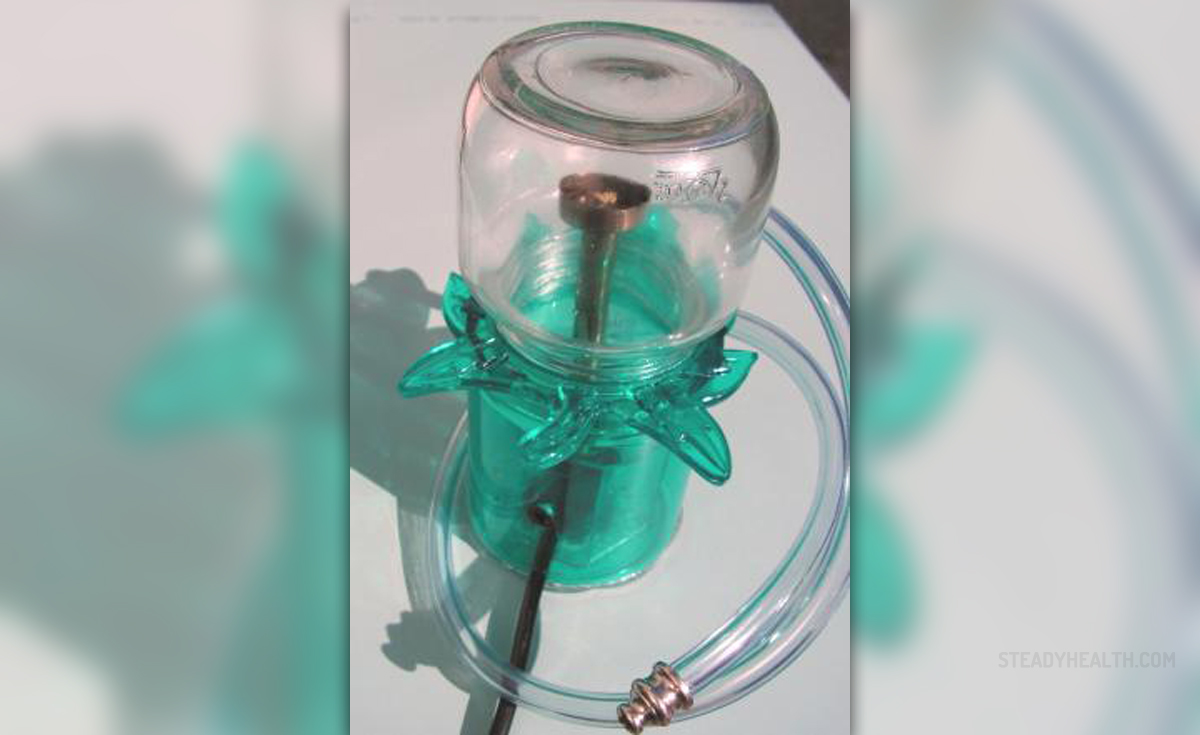
When a person gets a cold or an allergy bout, especially if it is accompanied by nasal congestion, it really helps if the air is humid. If the air in the house is dry, nasal passages get dry too, especially during sleep, aggravating the symptoms.
Adding moisture to the air loosens the phlegm in the passages, making it easier to expel and to relieve congestion. Humidity also helps with sore throat and with dry cough.
Because of this, many doctors recommend to their patients who suffer from cold, flu or allergies to get a device that makes the air more humid. Ideally, the humidity in all rooms should be between 40 and 50 percent. Anything below 30 percent is too dry and it does not help in alleviating the symptoms of those illnesses.
Devices that aim to increase indoor air humidity include humidifiers and vaporizers. Both work well as far as the humidity is concerned, but there are still some differences. The main difference is that humidifiers release cool moisture, while vaporizers first boil the water and then release warm moisture.
Humidifiers
Humidifiers are electric devices that increase the indoor air humidity by releasing cool moisture. Unlike vaporizers, they do not boil the water. This, unfortunately, increases the risk of bacteria contamination from the water, because the water is not treated with high temperature that kill the bacteria. Since the water is not boiled, there is a chance that minerals from it can spread too, leaving a coat of fine white dust in the room. Using distilled water can prevent this, and, just like with humidifiers, the filters must be meticulously clean at all times.
One advantage of humidifiers is that they feel more refreshing and cooler than vaporizers, which is important for people who live in warm or hot climates.
There are different types of humidifiers, and the most popular ones are cool mist and warm mist humidifiers, ultrasonic humidifiers, evaporation humidifiers and impeller humidifiers.
Vaporizers
Vaporizers boil water and then blow the steam into the room. Vaporizers usually cost less than humidifiers and it is easy to add inhalants to them. With vaporizers, the chance of bacterial contamination of the air is less likely, and the same goes for mineral deposits.
One risk that is associated with vaporizers is scalding with boiled water, especially if there is a child in the room. For this reason it is important to keep it and its cables out of the reach of children.
Vaporizers are generally preferred during cold seasons and in colder climates, as they add warmth to the room.
The key for both humidifiers and vaporizers is to keep them absolutely clean. Water must be changed daily and the device should be properly cleaned.


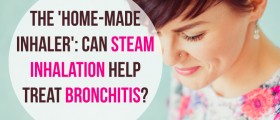
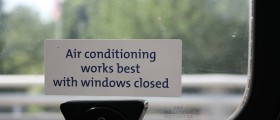
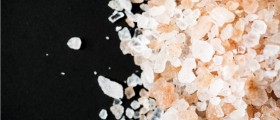









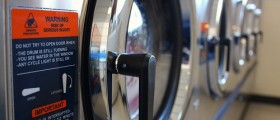


Your thoughts on this
Loading...